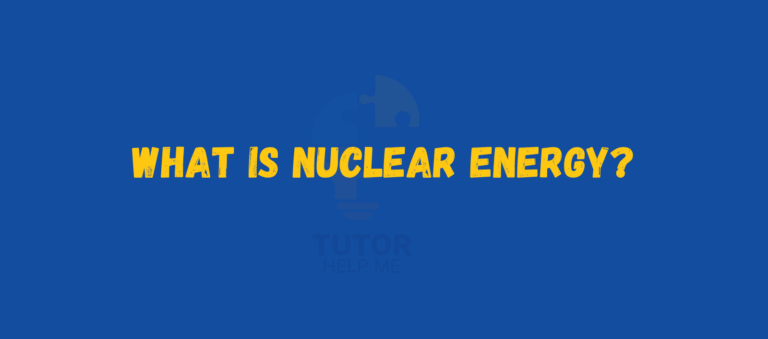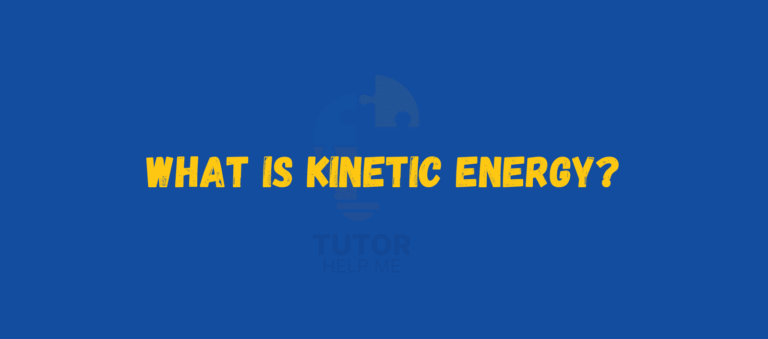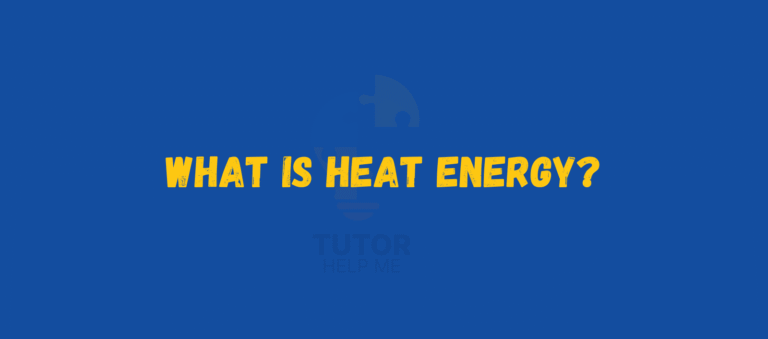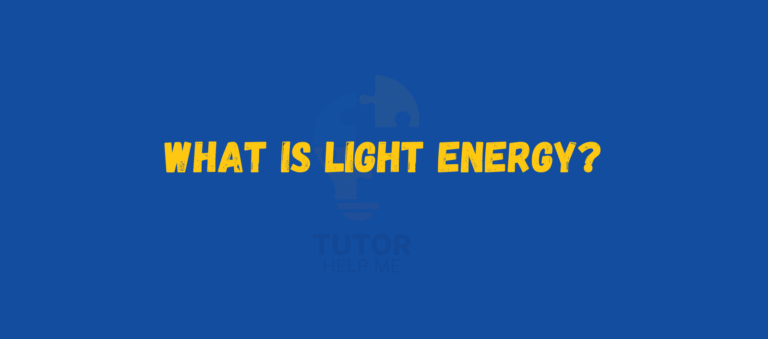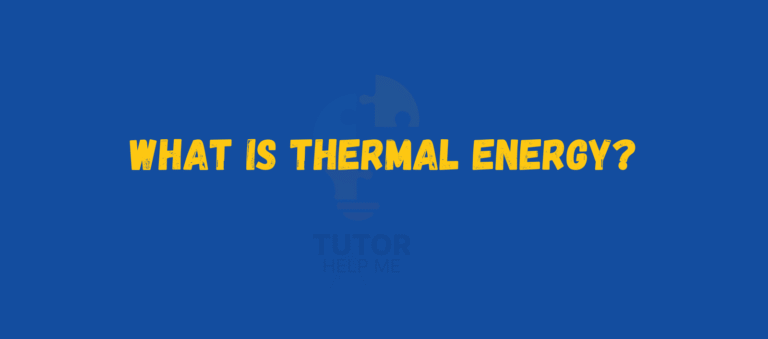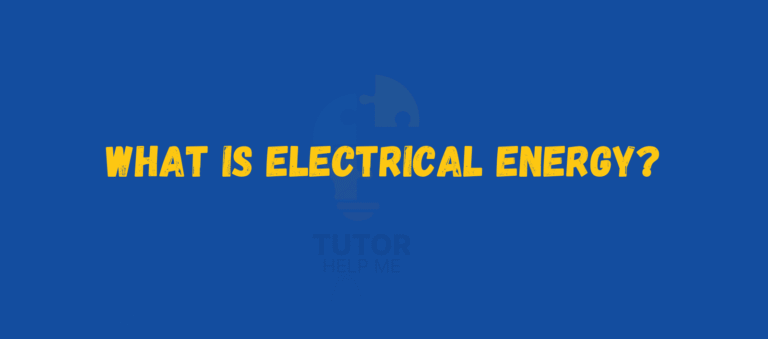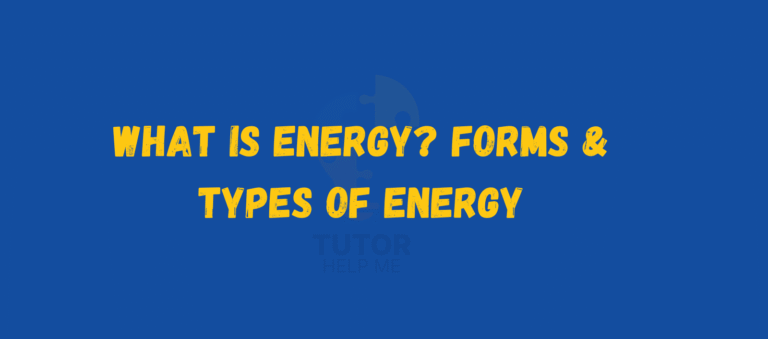Blogs
Helping You Learn, One Post Away
Uncategorized
December 10, 2025
Nuclear energy is a powerful source of energy that comes from the center of atoms. This guide will help you fully understand what nuclear energy is and how it works. You will also learn its types...
Uncategorized
November 17, 2025
Potential energy plays a major role in physics, machines, nature, and everyday life. This blog will give you a full understanding of what potential energy is, how it works, and why it is important...
physics
November 14, 2025
Kinetic energy is the energy an object has because it is moving. This guide will help you understand what kinetic energy is, how it works, and why it is important in science. You will learn formulas...
Uncategorized
November 13, 2025
Have you ever felt the warmth of the sun or the heat from a cup of tea? That warmth is heat energy, one of the most important forms of energy in our daily lives. Heat energy is responsible for cooking...
physics
October 21, 2025
Have you ever watched waves rolling on the beach and wondered if they could create power? The truth is, they can! Wave energy is one of the most promising renewable energy sources on Earth. It uses...
physics
October 20, 2025
Have you ever wondered how you see things around you? From sunlight brightening the sky to a lamp lighting up your room, it all happens because of light energy. Light energy is one of the most...
physics
October 16, 2025
Have you ever felt the warmth of the sun or touched a hot cup of tea? That warmth is a result of thermal energy. It’s one of the most common forms of energy we experience every day. This blog explains...
physics
October 15, 2025
Have you ever wondered how your lights turn on with just a switch? Or how your phone charges when plugged in? The answer lies in electrical energy, one of the most important forms of energy that...
physics
October 13, 2025
Energy is the ability to do work or cause change. It exists all around us, in the movement of the wind, the warmth of the sun, the light from a bulb, or even the food we eat. Every activity, from...

